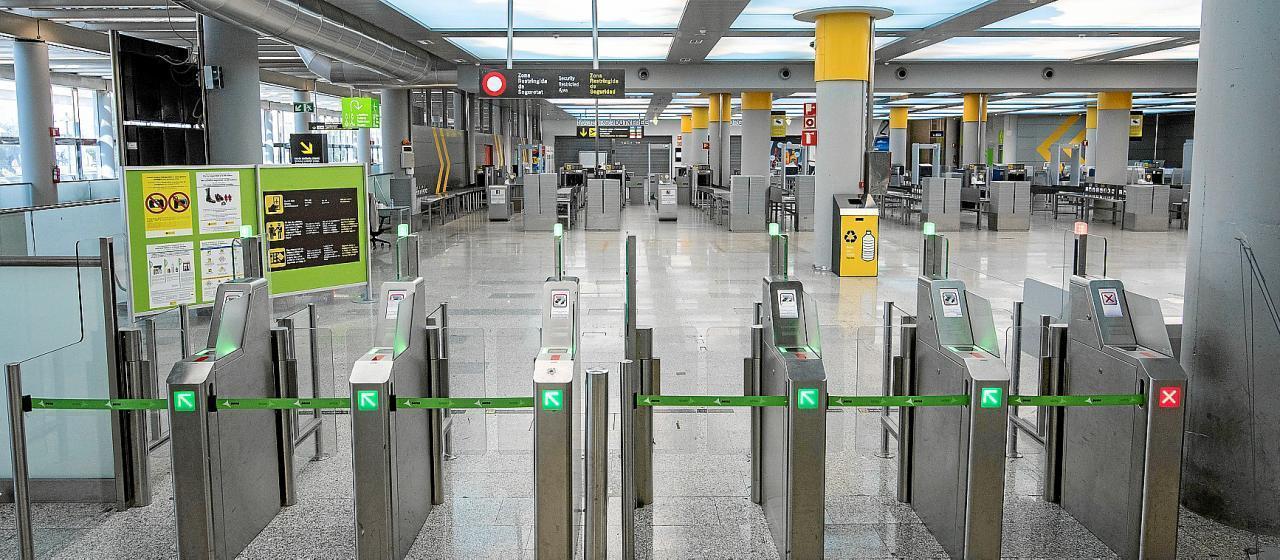In 2019, Palma's Son Sant Joan Airport registered 29.7 million passengers. Over the first three months of this year, there were some 2.2 million passengers. The figure for March, which is when the state of alarm started, was 517,000. In March 2019 there were 1.3 million passengers. Last April there were 2.5 million passengers. This April, the figure will be short of 7,000.
The forecast for the reduction in passenger numbers this year is around 22 million, meaning that the total for passenger numbers in 2020 will be 7.7 million. As things currently stand, the de-escalation plan envisages national flights to the airport resuming in July. There is of course no timetable as yet for international flights.
Roughly a quarter of the airport's passengers are Spanish. Based on 2019 figures, this would equate to 4.3 million between July and December. Were international flights to resume in September, and again based on 2019 figures, this would give 6.5 million to the end of the year. But neither of these figures will be achievable. The estimate that is being made for the whole year appears to revolve around there being some 50% national and international traffic from July/September. With the 2.2 million for January to March, a total of around 7.7 million is arrived at.
Airlines are said to be working on a basis of a 60% reduction in flights at a minimum. But this, as with other calculations, is all dependent on decisions made in Brussels and by the governments of the principal tourism markets - the UK and Germany plus the likes of France, the Scandinavian countries and Italy - as well as by the Spanish government.
The airports authority Aena has meanwhile posted an 83% loss in net profit for the first quarter of the year.


4 comments
To be able to write a comment, you have to be registered and logged in
What appears to be a little odd with all this data crunching, is the crazy assumption that once tourists are allowed in the numbers will resume.Sorry folks, they won’t. It’s going to be a very slow and gradual return. The term ‘new normal’ applies. Let’s hope the powers that be adapt, that eco tourism is embraced and practical steps like relaxing the autonomo are introduced. We will all have to adapt to survive. That includes the Mallorcan Government.
Sounds to me like airlines are committing fraud by offering a product that they know they can’t provide , if I sold flights knowing they are not going to happen I’d soon get a knock on the door from trading standards accompanied by the police 👮♂️
Well this gives the wonderful local Government a taste of the future they wanted when they were going on about too many tourists and they wanted to limit the number of tourists ignoring local businesses crying out for revenue Maybe next year Spring 2021 tourists if allowed to travel will decide to go elsewhere!
How can Wizz air say they are flying to Tenerife from May 1 and Easyjet be selling tickets online to Mallorca from May 18. Seems to be some disconnect. I get Easyjet is just trying to get money now and give you a voucher when they can't fulfill. But Wizz have said they are flying in the press. I am confused.